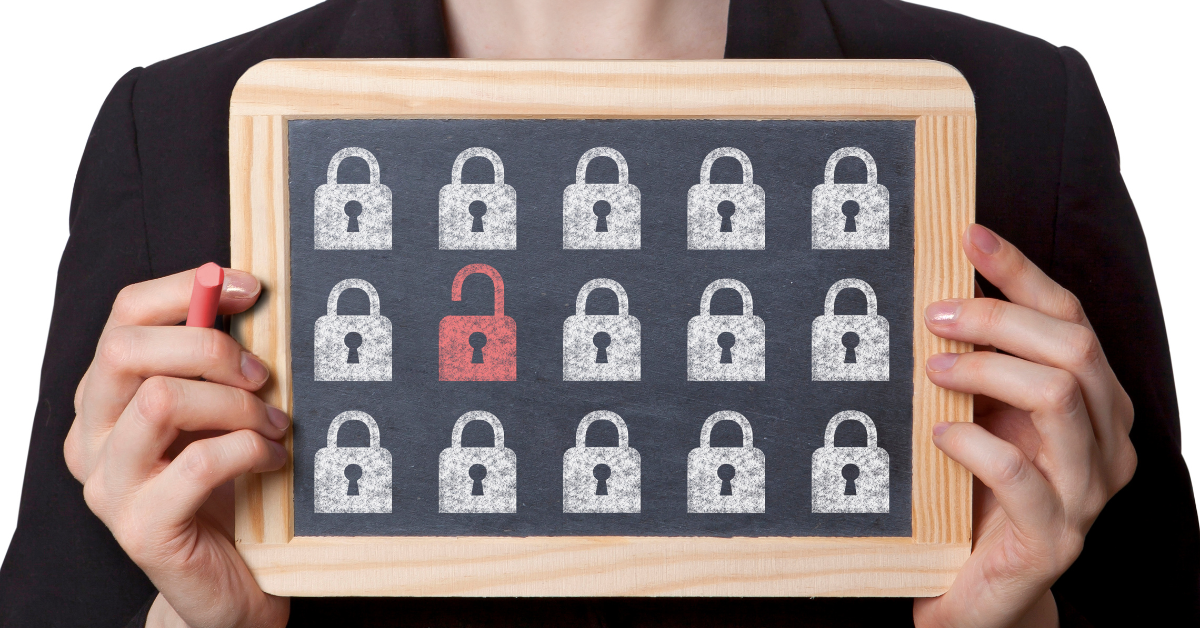In an age where digital infrastructure is integral to the operational efficiency and success of global enterprises, cyberattacks are an ever-present threat. The recent cyberattack on Halliburton, a titan in the oilfield services industry, underscores the importance of having a robust security posture to safeguard critical assets and maintain operational continuity.
The Incident: A Recap
On a recent Wednesday, Halliburton discovered that an unauthorized third party had gained access to certain parts of its systems. The company promptly activated its cybersecurity response plan, which included taking certain systems offline to protect them, launching an internal investigation supported by external advisers, and notifying law enforcement. Halliburton has not disclosed the identity of the attackers nor indicated whether a ransom demand was made, but the impact of the breach was immediately felt, affecting operations at its north Houston campus and disrupting some global connectivity networks.
Halliburton’s proactive response, though essential, serves as a reminder that even the most prepared organizations can be vulnerable. While the Department of Energy confirmed that there were no signs the attack impacted energy services, the incident still highlights the vulnerabilities within critical infrastructure sectors.
The Broader Context: Cybersecurity in Critical Infrastructure
The Halliburton breach is the latest in a series of high-profile cyber incidents involving major companies, such as CDK Global, Ticketmaster, Clorox, MGM Resorts, and Caesars Entertainment. These attacks demonstrate that no sector is immune, particularly those integral to national infrastructure like the energy, oil, and natural gas industries.
A survey conducted by the cybersecurity firm Sophos in early 2024 found that while the frequency of ransomware attacks is decreasing, recovery times for industries like energy, oil, and gas are on the rise. The attack on Halliburton is reminiscent of the 2021 ransomware attack on Colonial Pipeline, which temporarily halted fuel sales along the East Coast. Such incidents reveal the far-reaching consequences of cyberattacks on critical services and the resultant economic and societal impacts.
The Importance of a Strong Security Posture
Marco Ayala, President of InfraGard Houston Members Alliance, emphasized that critical infrastructure owners and operators must prepare for such incidents. Halliburton’s response plan and swift action to isolate and remediate the breach illustrate the importance of preparedness. However, Ayala also highlighted the significance of network segmentation — separating enterprise IT from operational technology (OT) — to minimize the spread and impact of cyber threats.
Key Takeaways for Strengthening Security Posture:
- Proactive Measures: Having an active cybersecurity response plan is crucial. Organizations should regularly update and test their response protocols to ensure they can act swiftly and effectively in the event of a breach.
- Network Segmentation: Implementing strict demarcation between different network zones helps contain attacks and protects critical operations. This is especially important for companies in the energy sector, where disruption can have widespread implications.
- External Expertise: Collaborating with external security consulting experts can provide additional insights and support during investigations and remediation efforts. External advisers bring specialized knowledge that can be invaluable in understanding and mitigating threats.
- Continuous Monitoring and Assessment: Regularly assessing the cybersecurity landscape and adapting to emerging threats is essential. This includes monitoring for vulnerabilities and implementing necessary security patches and updates.
- Employee Training and Awareness: Employees are often the first line of defense against cyber threats. Regular training and awareness programs can help prevent incidents caused by human error or social engineering attacks.
A Proactive Approach: How Tuearis Cyber Could Have Helped
If Halliburton had leveraged the expertise of a managed security service provider like Tuearis Cyber, several layers of protection and proactive measures could have mitigated the impact of the breach:
- Endpoint Detection and Response (EDR): Tuearis Cyber’s EDR solutions could have provided continuous monitoring of endpoints, detecting and isolating malicious activities early. This real-time threat detection and response mechanism can significantly reduce the time attackers have to maneuver within the network.
- Threat and Vulnerability Management (TVM): By implementing robust TVM services, Tuearis Cyber could have identified and prioritized vulnerabilities within Halliburton’s systems. Regular vulnerability scans and patch management practices ensure that known weaknesses are addressed before they can be exploited.
- SIEM (Security Information and Event Management): With SIEM capabilities, Tuearis Cyber could aggregate and analyze logs from various systems, providing a comprehensive view of security events in real-time. This would enable the early detection of abnormal behavior indicative of a breach.
- Email Security: Given that phishing attacks are a common initial vector for breaches, Tuearis Cyber’s email security solutions could have reduced the risk from malicious emails by filtering and flagging suspicious content, links, or attachments before they reach end users.
- Security and Vulnerability Assessments: Regular security assessments and penetration testing conducted by Tuearis Cyber could have highlighted areas of weakness in Halliburton’s infrastructure, allowing the company to remediate potential entry points before they could be exploited.
- Digital Forensics and Incident Response (DFIR): In the event of a breach, Tuearis Cyber’s digital forensics and incident response services would provide a swift and thorough investigation to understand the scope of the breach, eradicating the threat, and restoring normal operations promptly.
Conclusion
The Halliburton cyberattack is a clear reminder of the perils that modern digital threats pose to critical infrastructure and enterprises. It underscores the necessity of a strong security posture that includes proactive measures, network segmentation, external expertise, continuous monitoring, and comprehensive employee training. As cyber threats continue to evolve, so too must our defenses, ensuring that the critical services upon which we rely remain secure and resilient.
Stay vigilant, stay prepared, and prioritize cybersecurity — because in today’s digital landscape, it’s not a matter of if, but when, you’ll be tested.
Want to learn more about how you can improve your organization’s security posture? Let us know! Our team of experts are ready to help you along the way.

